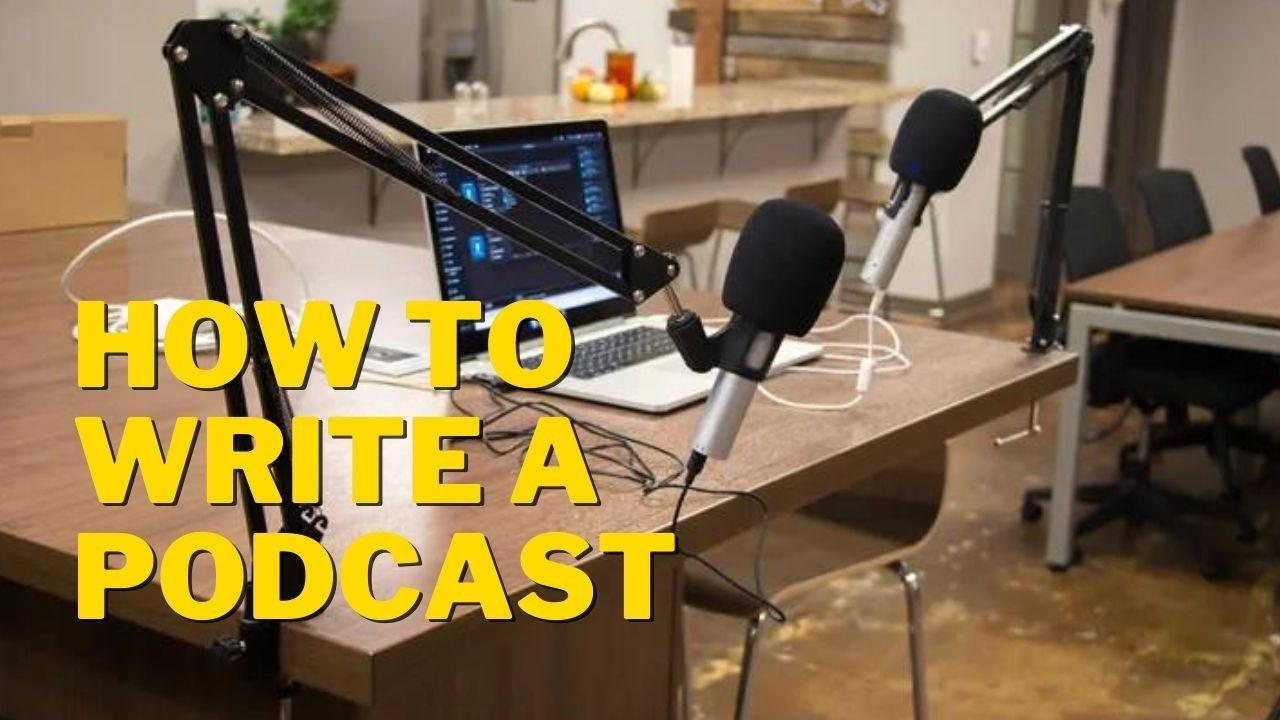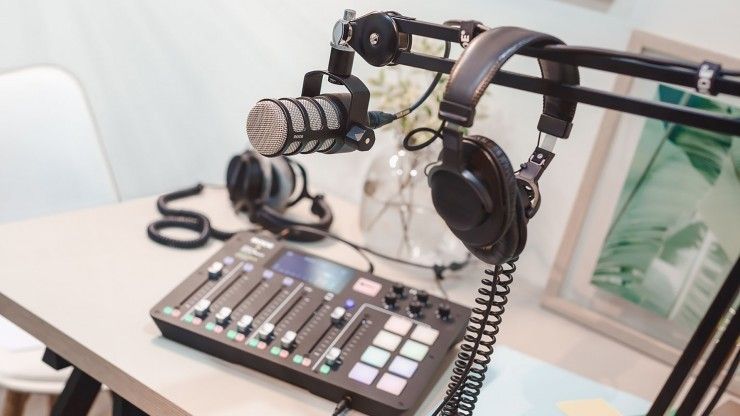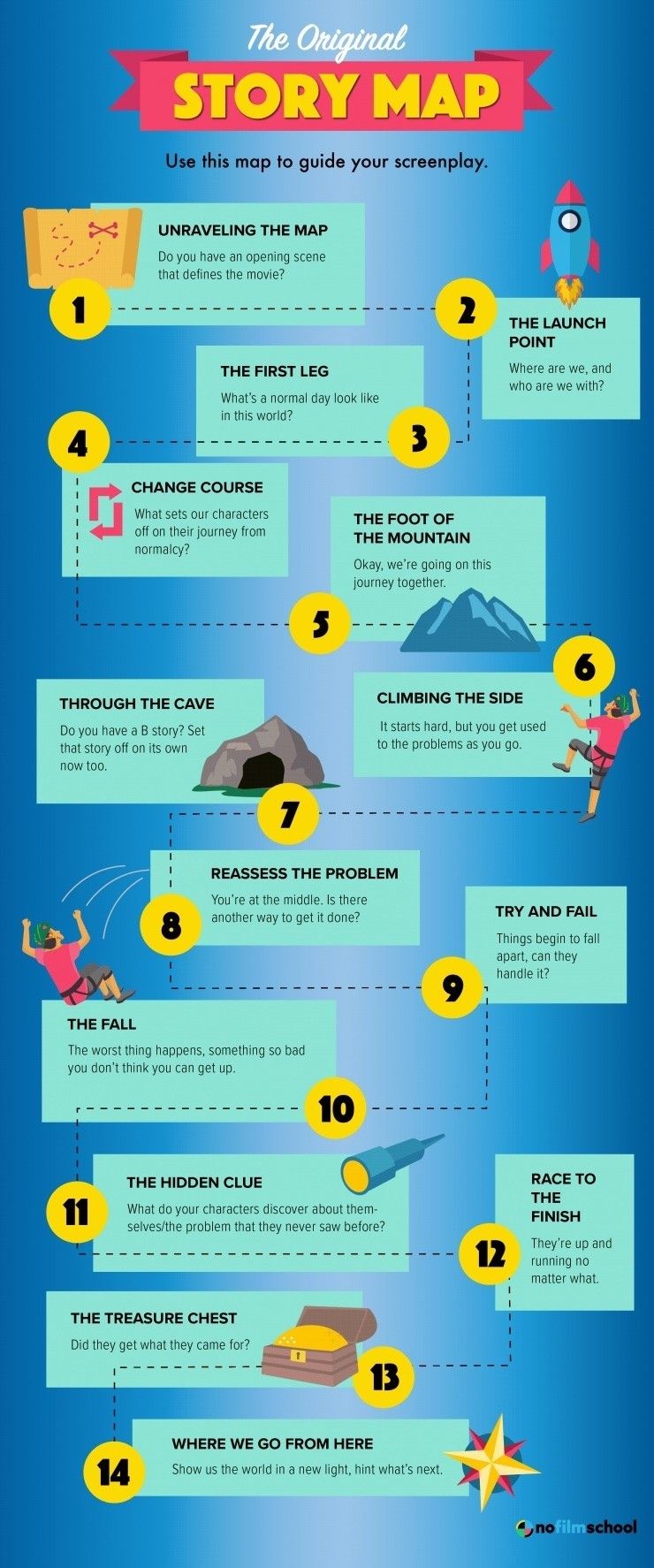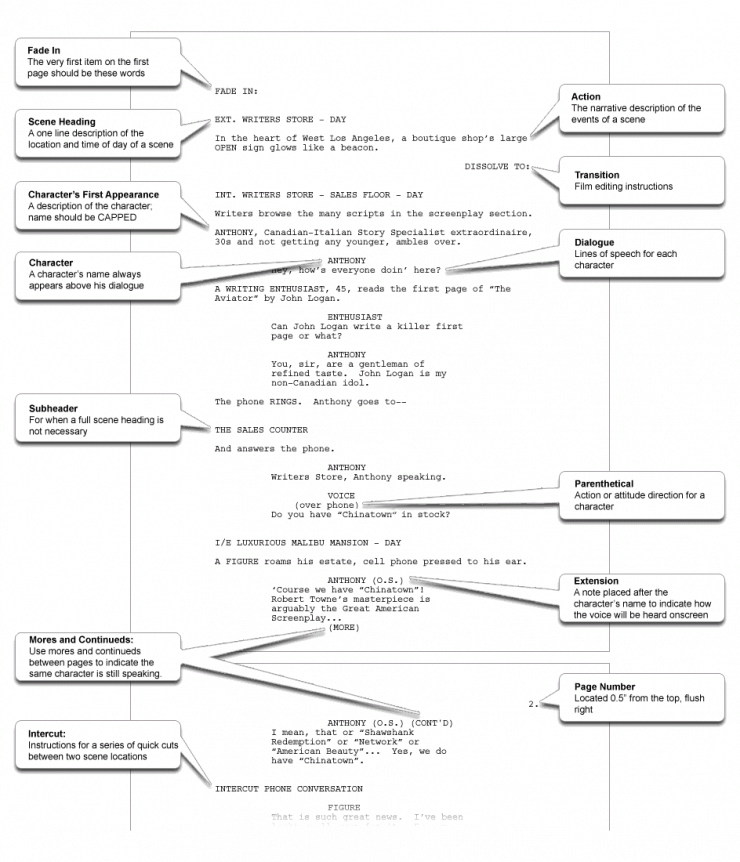
Podcasts are the new (and old) entertainment frontier.
This post was written by Joseph Guerra.
In case you have been living in a cabin out in the woods, podcasts are all the rage these days. Near the end of the 2000s, podcasts exploded onto the entertainment scene as an exciting, new medium to tell stories.
Podcasts can be broken down into two major categories: non-narrative and narrative.
Non-narrative podcasts, generally speaking, are your typical talk show. Usually, a host or two discuss a wide range of topics, such as culture, society, or politics. Examples include The Joe Rogan Experience, Call Her Daddy, Pod Save America, and Chapo Trap House.
Narrative, meanwhile, can be broken down into two categories: nonfiction and fiction. In both instances, the podcast takes a narrative approach to tell a story. Examples of both include Serial, S-Town, This American Life, Limetown, Homecoming, and Blackout.
Today, we’re going to talk about how to write a narrative podcast for nonfiction and fiction.

Telling Your Story
What has made podcasting such an exciting area for storytelling is that it offers a path into Hollywood. Narrative podcasts have become hot pieces of intellectual property as studios have turned to them for adaptation. Homecoming, Limetown, Lore, and Dirty John were all popular podcasts turned into popular television shows.
But what kind of story do you want to tell?
Are you a fan of true crime? Or perhaps history?
If you are, then you want to take a nonfiction approach. While Crime Junkies and Mike Duncan’s Revolutions are all nonfiction, they still use narrative techniques to tell compelling stories.
Or do you want to tell a science fiction or horror or thriller story?
If that’s the case, then perhaps you want to tell a fictional tale (because there are always exceptions to the rule, Lore is one of the best podcasts that blends horror and nonfiction).

Season Breakdown
Alright, you know what kind of narrative podcast you want to write. Now it’s time to get into the nitty-gritty: character development, story beats, and outlines!
Generally speaking, nonfiction narrative podcasts are difficult to break down into seasons. Of course, there are always exceptions to the rule.
When I worked at Spotify under the Parcast umbrella, nonfiction shows, like Serial Killers and Conspiracy Theories, were not broken down into seasons. However, our historical show, Dictators, was generally broken into seasons based on the subject. For example, we did a season on Nazi Collaborators and told the stories of tyrannical rulers such as Jozef Tiso and Ante Pavelic.
And even though we were re-telling stories based on historical figures, we always made sure that we treated them as characters and developed them as such.
Fiction narrative podcasts usually consist of seasons (unless it’s a limited series).
Most fiction narrative podcasts run between eight and ten episodes long, similar to non-broadcast television today. So, keep that in mind when you’re plotting out your characters’ journeys throughout the first season.

The Dreaded Podcast Pilot Outline
You’ve landed on what story you’re telling and how you're telling it. You’ve charted the character development across the season and broken it up into episodes. Now comes the toughest, but most important part – the pilot outline!
Like film and television, the outline is key. As you flesh everything out, the outline will help you solve any unsuspecting problems that you didn't think of as you broadly sketched the season.
The outline will also help you figure out the length of your script.
Narrative podcast episodes vary in length. Some nonfiction shows can run for sixty minutes – unless you’re Dan Carlin and your episodes of Hardcore History run four to six hours!
Page length generally isn’t a good indicator of length – the word count is. At Parcast, our shows ran between 5,000 and 7,500 words, respectively.
Once the shows were recorded, they usually gave a run-time of 35 minutes to 50 minutes.
Fictional podcasts tend to run between 30 and 40 minutes because fictional podcasts are similar to television. Consider using half-comedy scripts as examples to gauge length as you outline.
The outline should also follow a basic three-act structure with a Cold Open. In truth, this has everything to do with advertisements: a pre-roll and various mid-rolls. Even if you don’t have advertisers (yet!), the Cold Open and three-act approach is the easiest approach.
Start with an exciting Cold Open. Then, you can pull back with character and plot development. But, remember to have your act-outs be just exciting to keep the reader/listener engaged going into the next act or episode.
Check out our story map for more beats for your screenplay.

Scripting Your Podcast
You’ve navigated through the trials and tribulations of the outline. Now, the fun part: the script!
As of now, there is no standard format for a podcast script. Because the medium is so new, there is no industry standard. However, consider the following ways to make it as easy – and exciting – as possible.
At Parcast, we took a more transcript approach:
HOST 1: Dialogue
HOST 2: Dialogue
HOST 1: Dialogue
For us, this was the easiest and cleanest way for our hosts to reach the script as they recorded.
However, if you wish to write it as more of a traditional screenplay, that is okay as well!

However, there is a key element that you must remember when writing your script:
You are writing an audio medium! This means the dialogue is KING. As opposed to a film script, audiences aren’t going to see the beautiful sunset you describe in the action lines because they can’t SEE it, meaning you will have to hold the reader's hand a little more in a narrative podcast script.
Hit That Sound Effect Cue
Narrative podcast scripts have a fun little cheat for them: music cues and sound effects cues!
These are amazing ways to build atmosphere and tension within your script. And it allows future sound editors to get a sense of what the episode should SOUND like, whether it’s played during the characters’ dialogue or setting the scene up.
Have fun with music and sound effects cues!

Time to Write Your Narrative Podcast!
Now that you know the basics of how to write a narrative podcast, there’s nothing more than to go out and do it! Figure out which route you want to take, outline your season and pilot, and go write!
Have fun putting your characters - whether historical or fictional - through the wringer, it’ll only make it more exciting for the audience as the audience listens.
We can’t wait to listen!
Your Comment